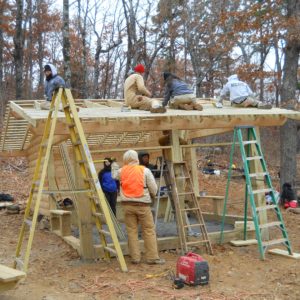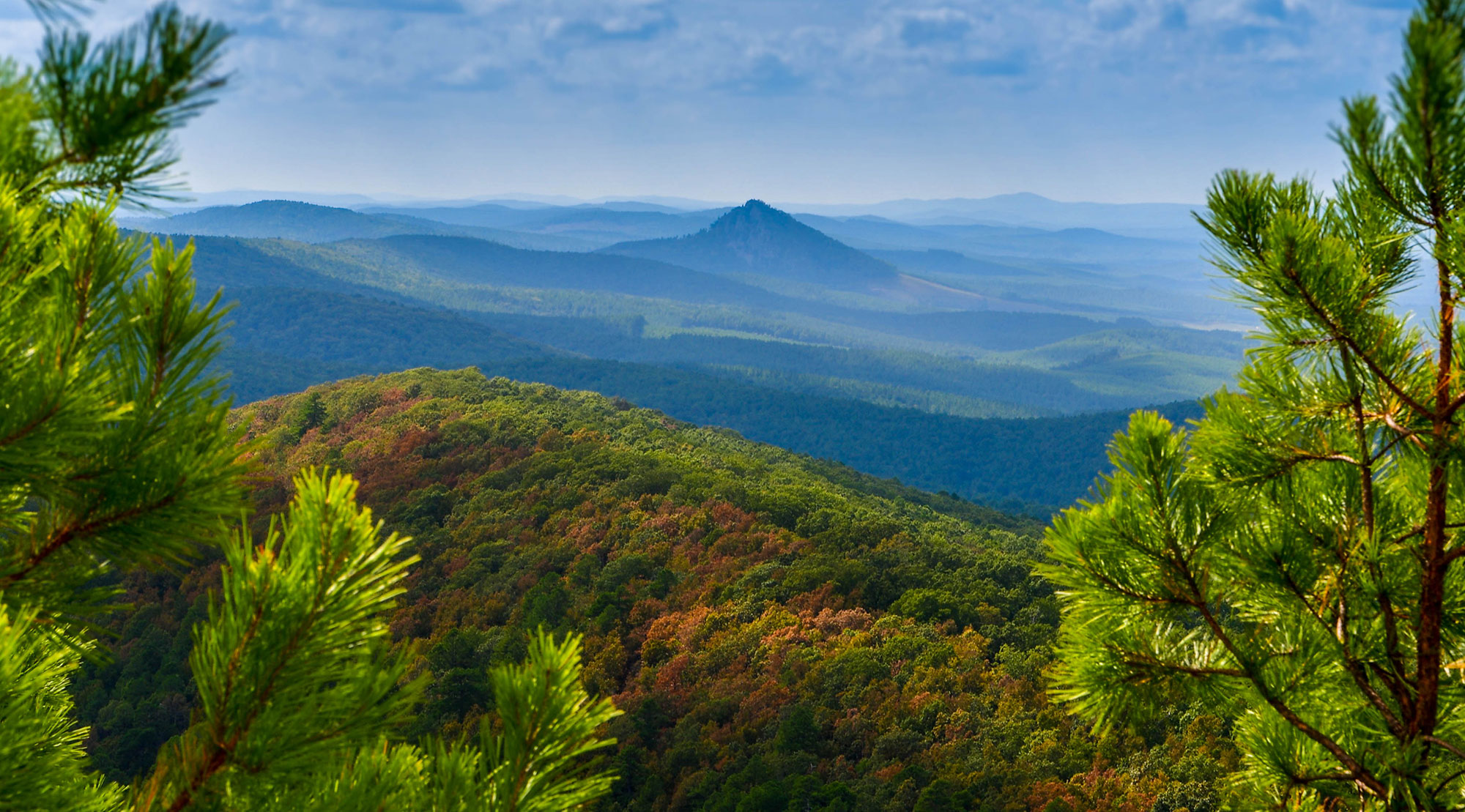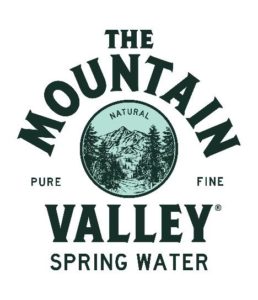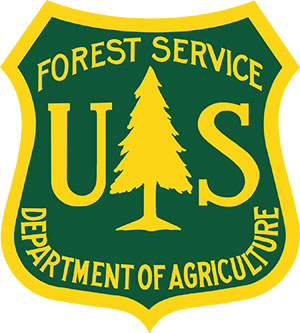Ouachita Trail Shelters
To download Shelter Guide click HERE
- ROCK GARDEN – MM 9.4 N34 46.387 / W94 51.799
- HOLSON VALLEY VISTA – MM 16.8 N34 44.799 / W94 46.076
- WINDING STAIRS SHELTER – MM 25 N34 42.561 / W94 40.645
- PASHUBBE SHELTER – MM 34 N34 39.745 / W94 36.252
- STATELINE SHELTER – MM 46.4 N34 41.572 / W94 27.119
- BLACK FORK MOUNTAIN SHELTER – 57.8 N34 41.437 / W94 18.624
- FORAN GAP SHELTER – MM 68.9 N34 41.181 / W94 10.472
- TURNER GAP SHELTER – MM 79.9 N34 40.584 / W94 00.713
- BRUSHY CREEK SHELTER – MM 90.6 N34 40.124 / W93 51.396
- FIDDLER CREEK SHELTER – MM 100.9 N34 41.523 / W93 43.315
- SUCK MOUNTAIN SHELTER – MM 108.6 N34 43.463 / W93 37.721
- STORY CREEK SHELTER – MM 116.7 N34 43.643 / W93 32.376
- JOHN ARCHER SHELTER at MM 122.6
- BILL POTTER SHELTER at MM 127.5
- BIG BRANCH SHELTER at MM 134.0
- BLUE MOUNTAIN SHELTER at MM 143.2
- BIG BEAR SHELTER at MM 150.8
- MOONSHINE SHELTER at MM 158.4
- OAK MOUNTAIN SHELTER at MM 167.4
- BROWN CREEK SHELTER at MM 182.5
- NANCY MOUNTAIN SHELTER at MM 189.5
- RED BLUFF CREEK SHELTER at MM 196.2
- SCOTT TARVIN SHELTER at MM 210.2
Thank You FoOT Build Teams!!!!!






